
For a very long time, society has forced people to feel constricted in their own bodies, dictating what kind of clothes they should wear depending on their gender. Fast forward to 2021, we are witnessing the rise of conscious fashion, where aesthetics meet body positivity, gender fluidity and sustainability.
Genderless fashion is essentially clothing that is not restricted to a particular gender and allows people the freedom to wear whatever they want. The sustainable fashion industry is evolving faster than ever and undergoing a fashion revolution, leading to brands becoming careful about what they produce and advertise. Today, words like “unisex”, “genderless”, “gender-fluid” or “gender-neutral” are not just marketing buzzwords, but also reflect brands' overall approach and mindset towards openness to diversity and inclusion.
Since sustainable and genderless fashion is gaining traction and growing at the same time and pace, it is important to take this opportunity in integrating both these concepts and exploring their scope, especially since fashion is now used as a means of self-expression and breaking societal norms. Brands are adapting to these shifting sands and incorporating eco-friendly means of production that are made for everyone to wear. Even thrifting, which is one of the most sustainable ways to shop for clothes is being welcomed by all genders. Sustainable fashion is also generally not the trendiest, which means you are entering an unchartered territory that hasn’t been assigned a gender yet.
Brands like One Less support gender-fluid slow fashion by producing limited collections that are made with love from eco-friendly fabrics, through natural processes and are fit to live in everyone’s closet. The products themselves are designed in a way that they make everyone feel at home in their skin. The colour palette plays with neutrals so as to avoid falling into any “gender-specific" colour and encourage people to step out of their comfort zone with these shades. Lastly, because it is gender-neutral, you don’t need two of the same pieces of clothing. This means people of all genders can share clothes with each other! (and isn’t that the most sustainable thing ever)
By practising thrifting, swapping and consuming from sustainable fashion brands like One Less, you are not only supporting inclusive fashion but also a sustainable future, becoming a part of social change!
Author: Mahima Hazarika
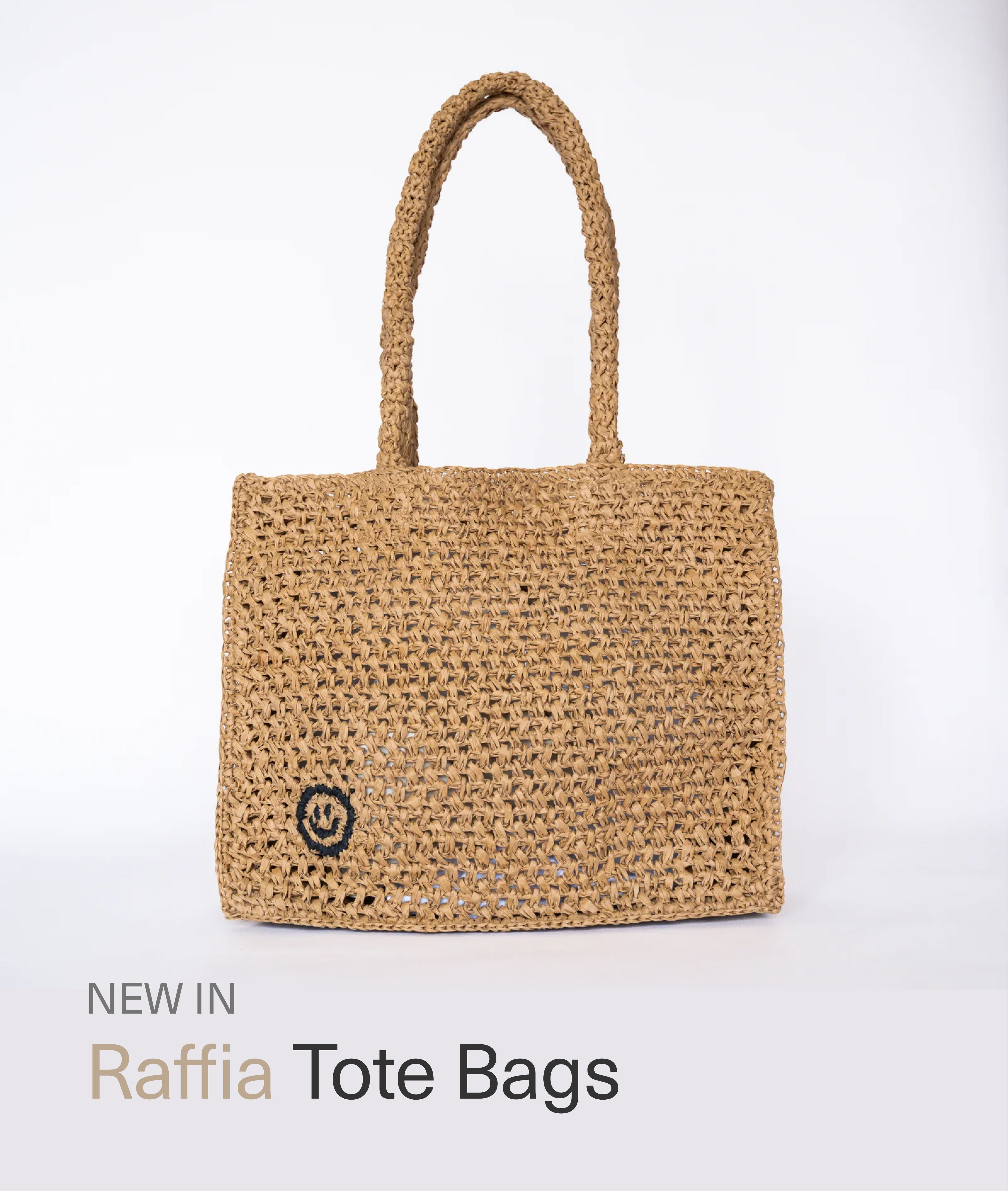
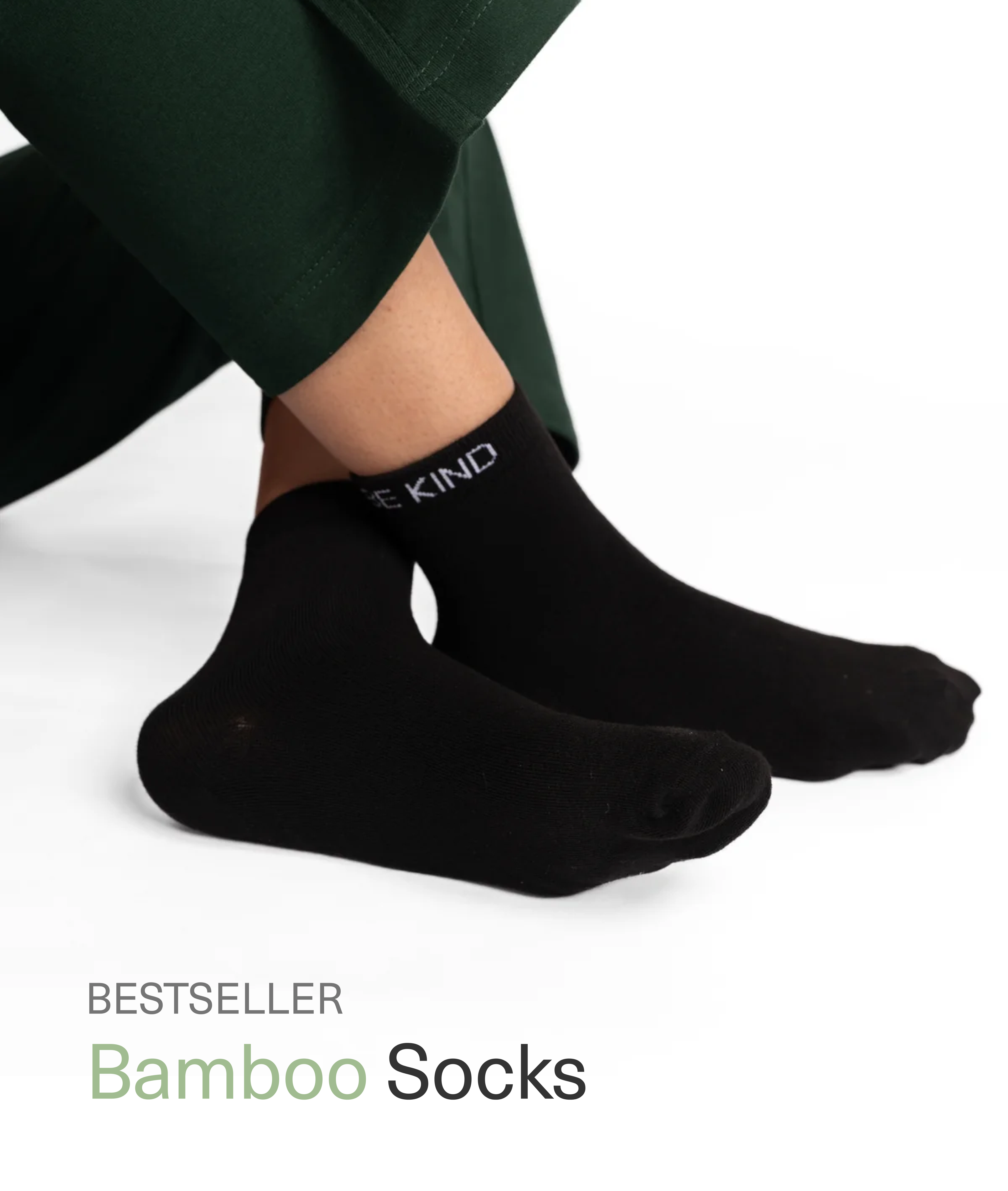
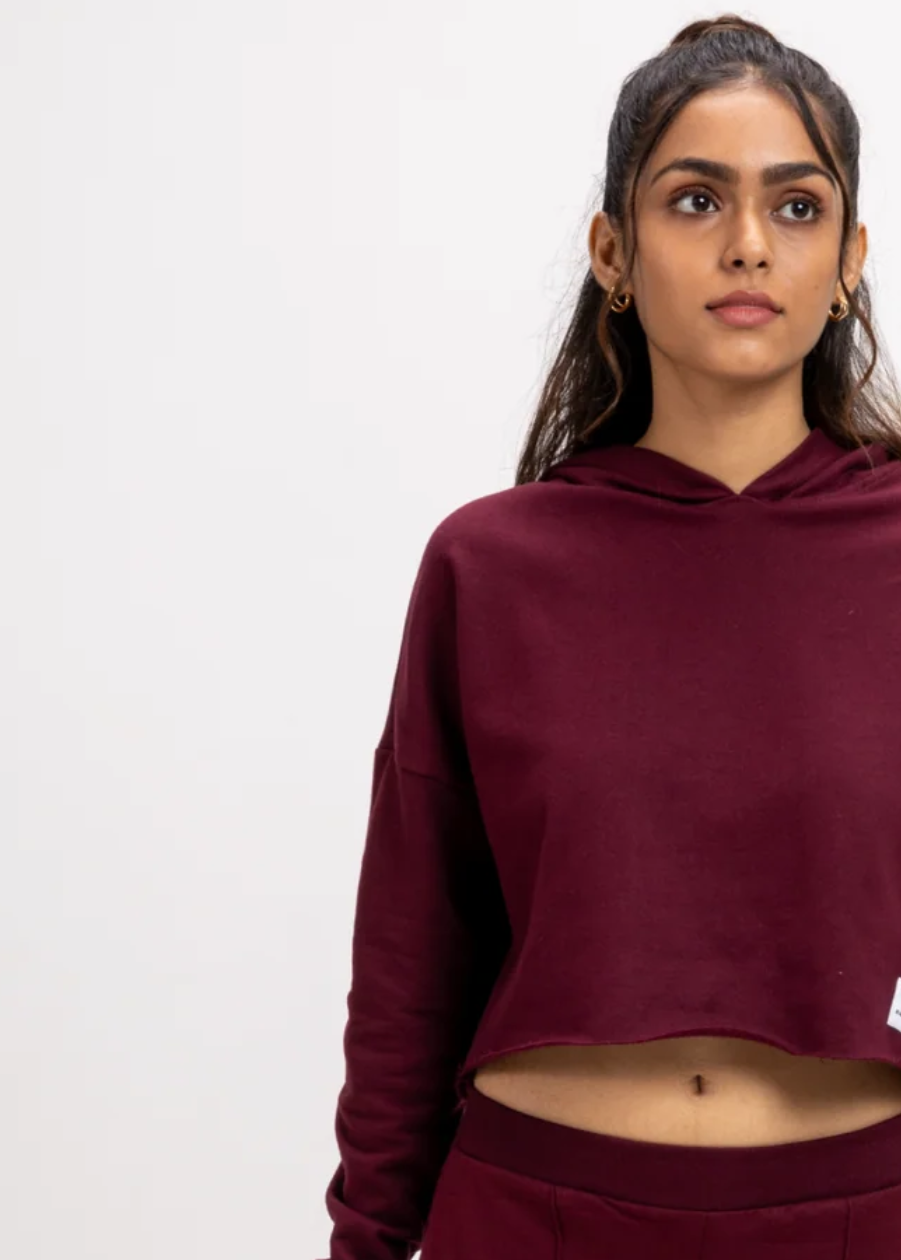
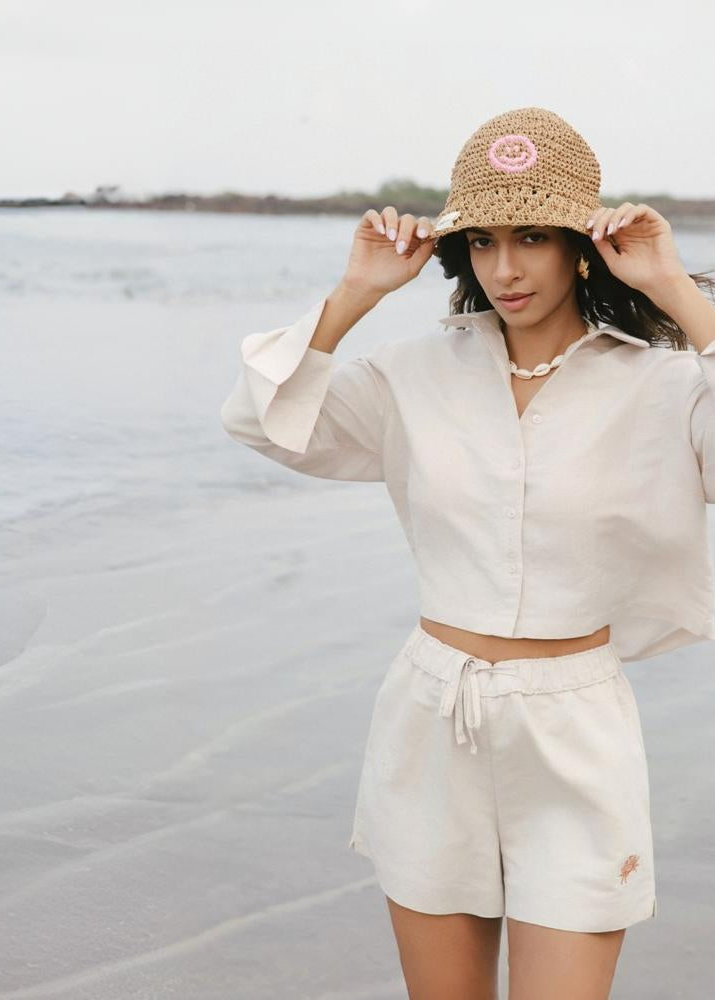
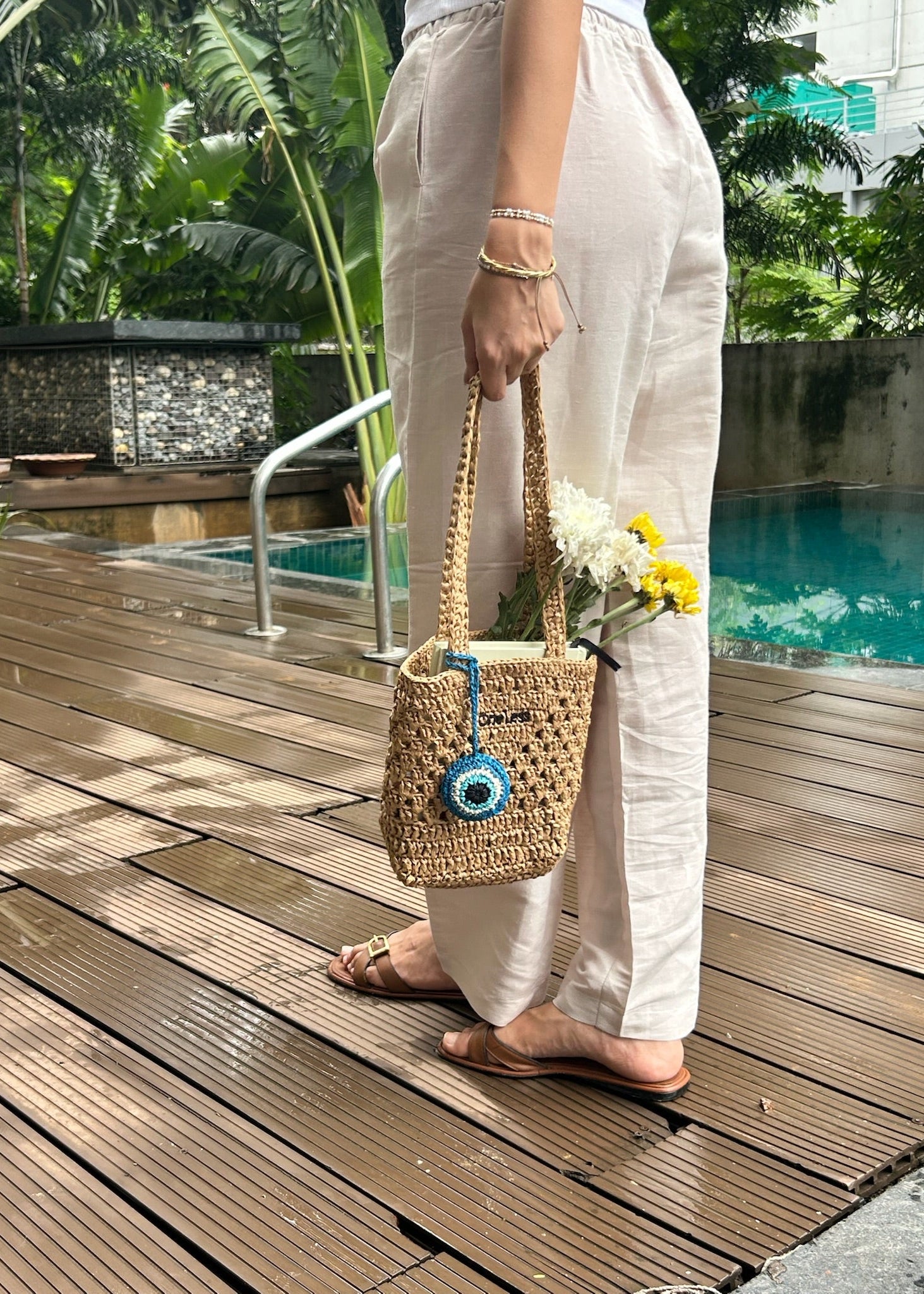

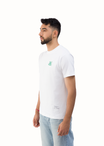

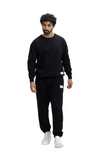


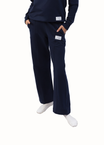

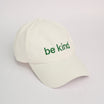
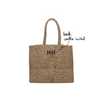
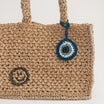

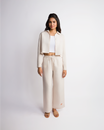
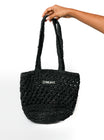
Leave a comment
This site is protected by hCaptcha and the hCaptcha Privacy Policy and Terms of Service apply.